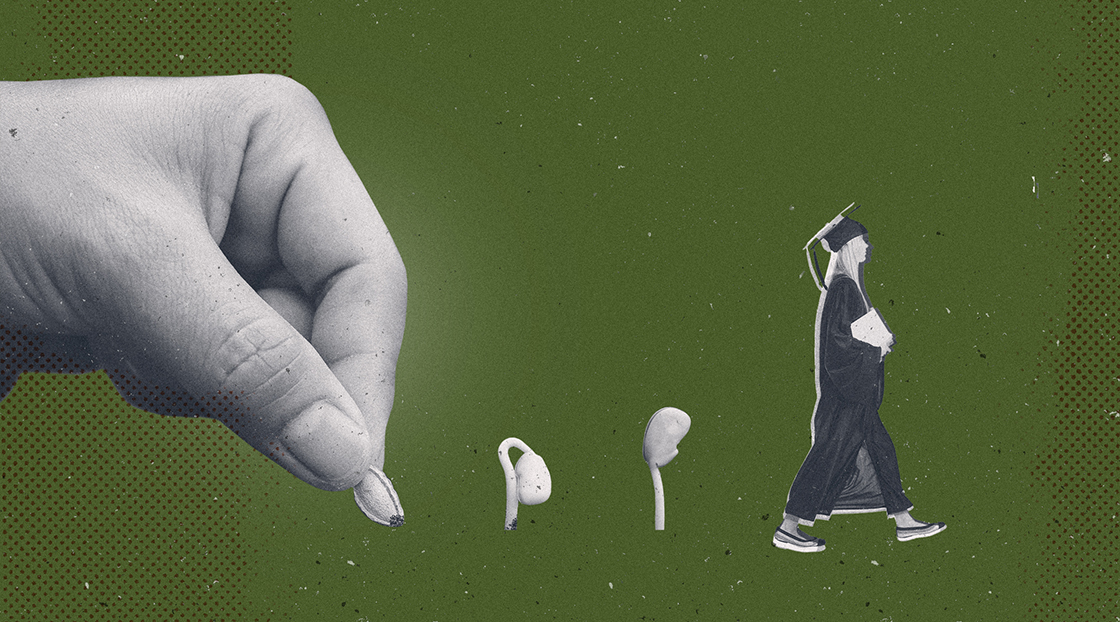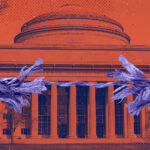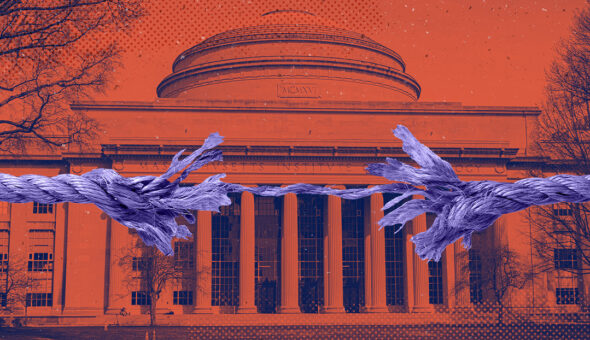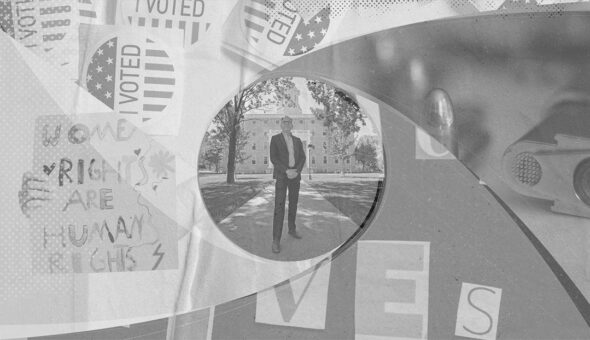Colleges and universities are rattling awake as throngs of students return (or arrive for the first time) to campus. While institutions are celebrating with giveaways, block parties and outdoor concerts, there is one question schools should ask themselves: How are we using these events to begin to develop an emotional connection and a lasting relationship between these students and the university that will convert them to supporters/donors after they graduate?
A year and a half of a remote college experience may not translate into the kind of loyalty and support we have come to expect from students once they graduate. Return to campus planning committees may want (and need) to consider an approach that includes both short-term excitement and long-term strategy.
But how can marketing and advancement departments shove four years of allegiance building into just two years? Well, maybe it’s going to take more than just the marketing and advancement departments, for three big reasons:
- It wasn’t just COVID. The last year-plus has been rife with trauma for students and plenty of declarations from schools about the importance of diversity, equity, and inclusion. But how can your institution begin to meaningfully and substantively respond to the student needs that were identified in the last year? Were there DEI promises you made while remote? Where do those efforts stand and how will that be communicated? It’s one thing to make declarations, but today’s students demand action and notice when promises go unfulfilled – they can gauge empty rhetoric a mile away, and judge it harshly. Real processes and changes need to be implemented, and only then can institutions think about how to update audiences about your progress to reinforce the institution’s desire to get better in this space. Students will remember, for better and for worse.
- Not everyone is coming back. No matter how much everyone wants to return, not everyone can – for many different and very personal reasons. How is your institution connecting with those students unable to return to campus? Are there ways you can provide assistance and support from afar? Now is the time to invest in robust student services, and not just on-campus support staff, but remote capabilities and processes that can reach off-campus students, make them feel a part of the community, and help to assess and support their overall wellness.
- The campus is new to many. There are some students who began their college experiences remotely, and never even got to come to campus for a tour. How can you make their ‘return’ to campus fun but also teach them about the campus, its history, and its traditions in ways that will start to take up space in their hearts and minds? The re-emergence of the QR code might be just one place to start (think: strategically placed QR codes around campus sites that provide interesting history and context about various locations), as it allows for information on demand. And don’t forget to change it up every now and then: Stale information is just as bad as no information at all.








